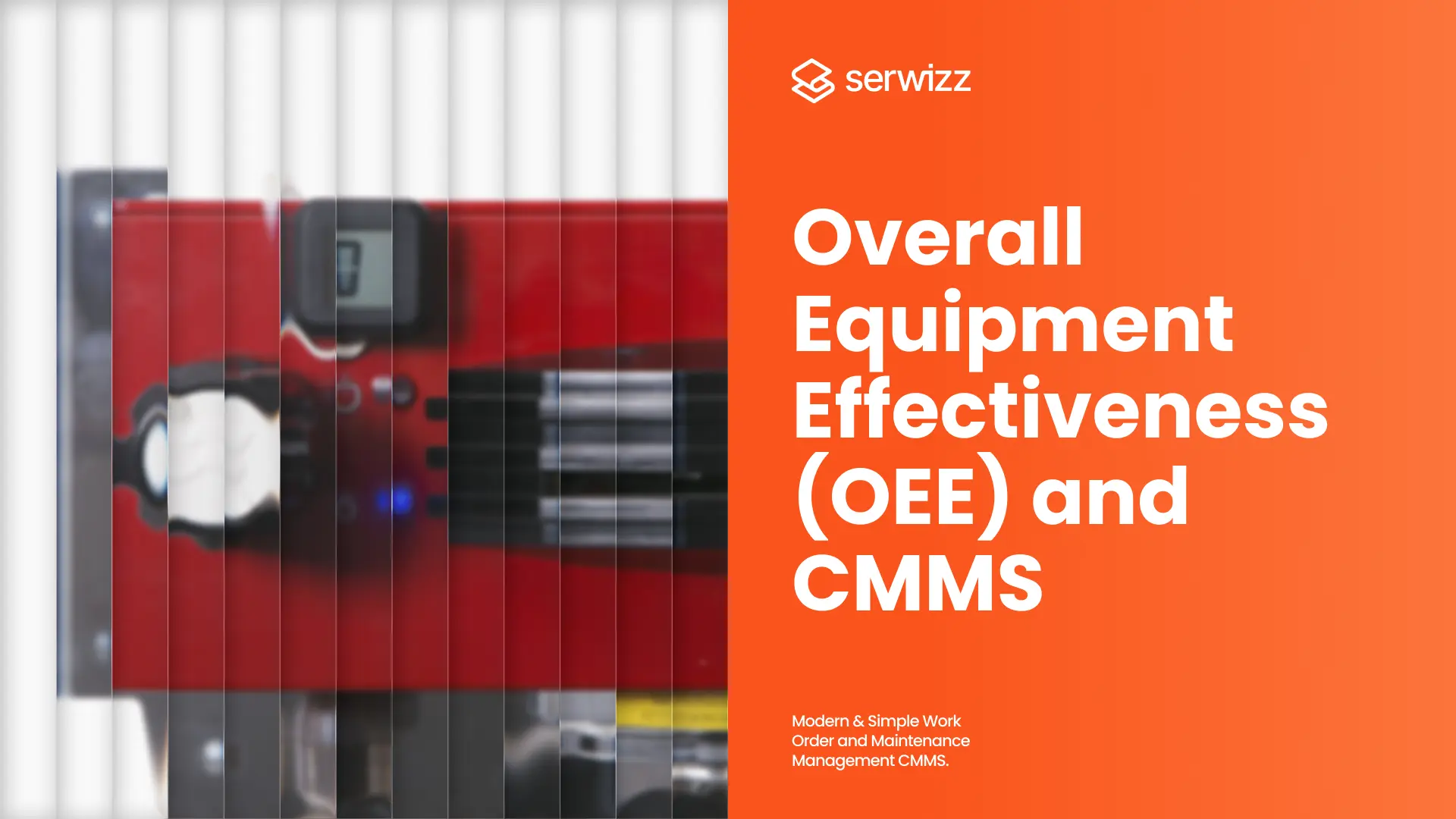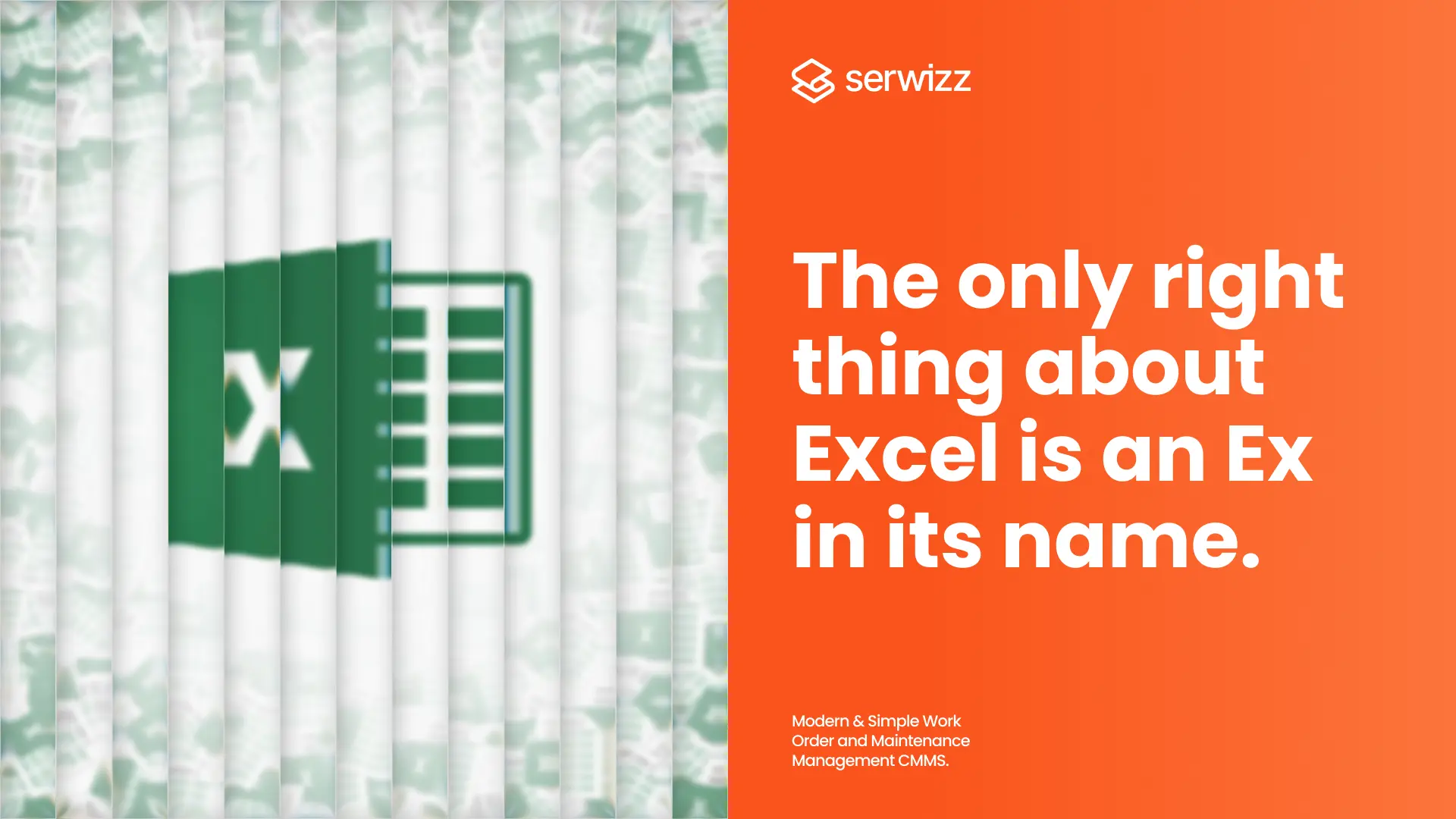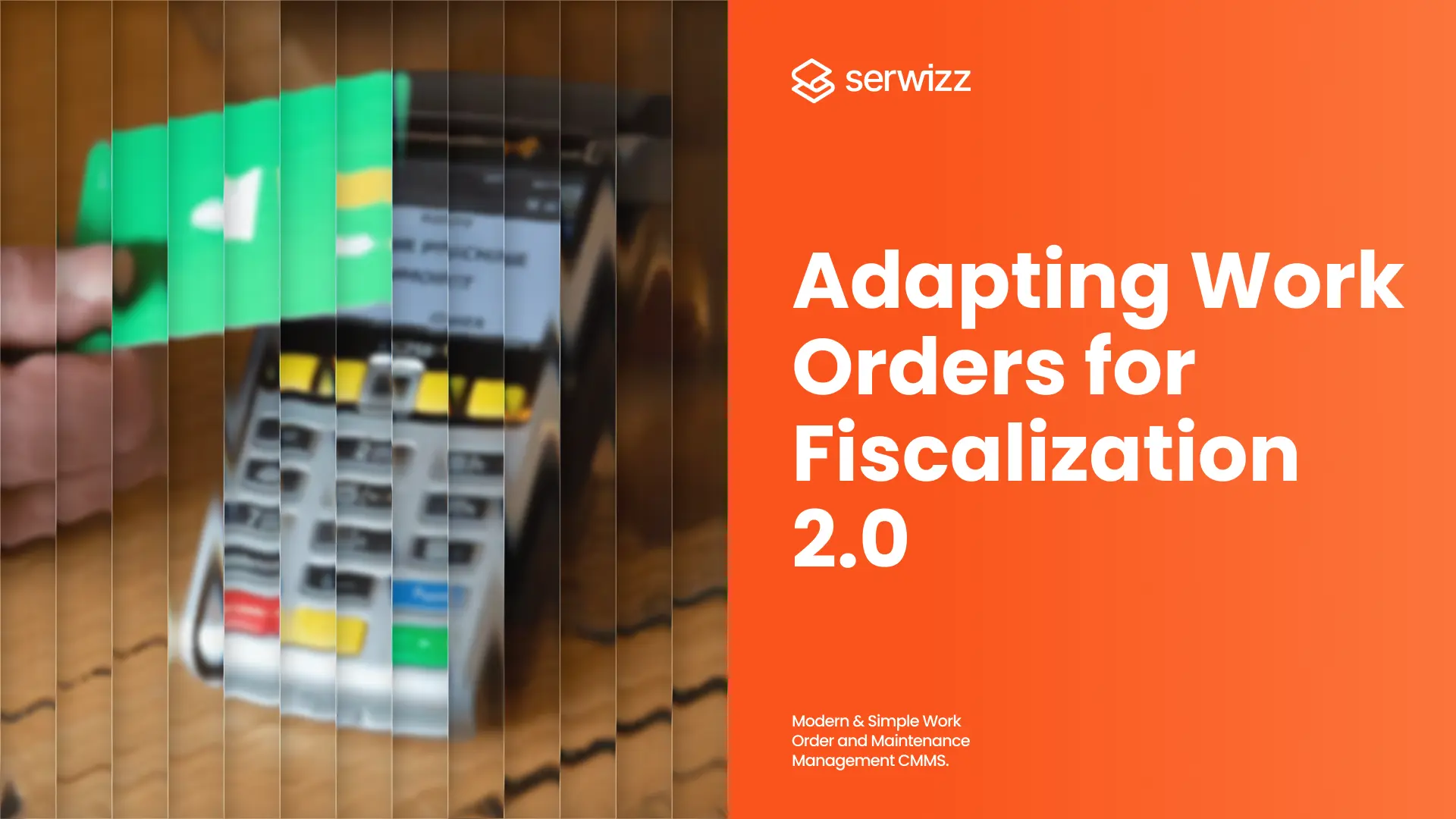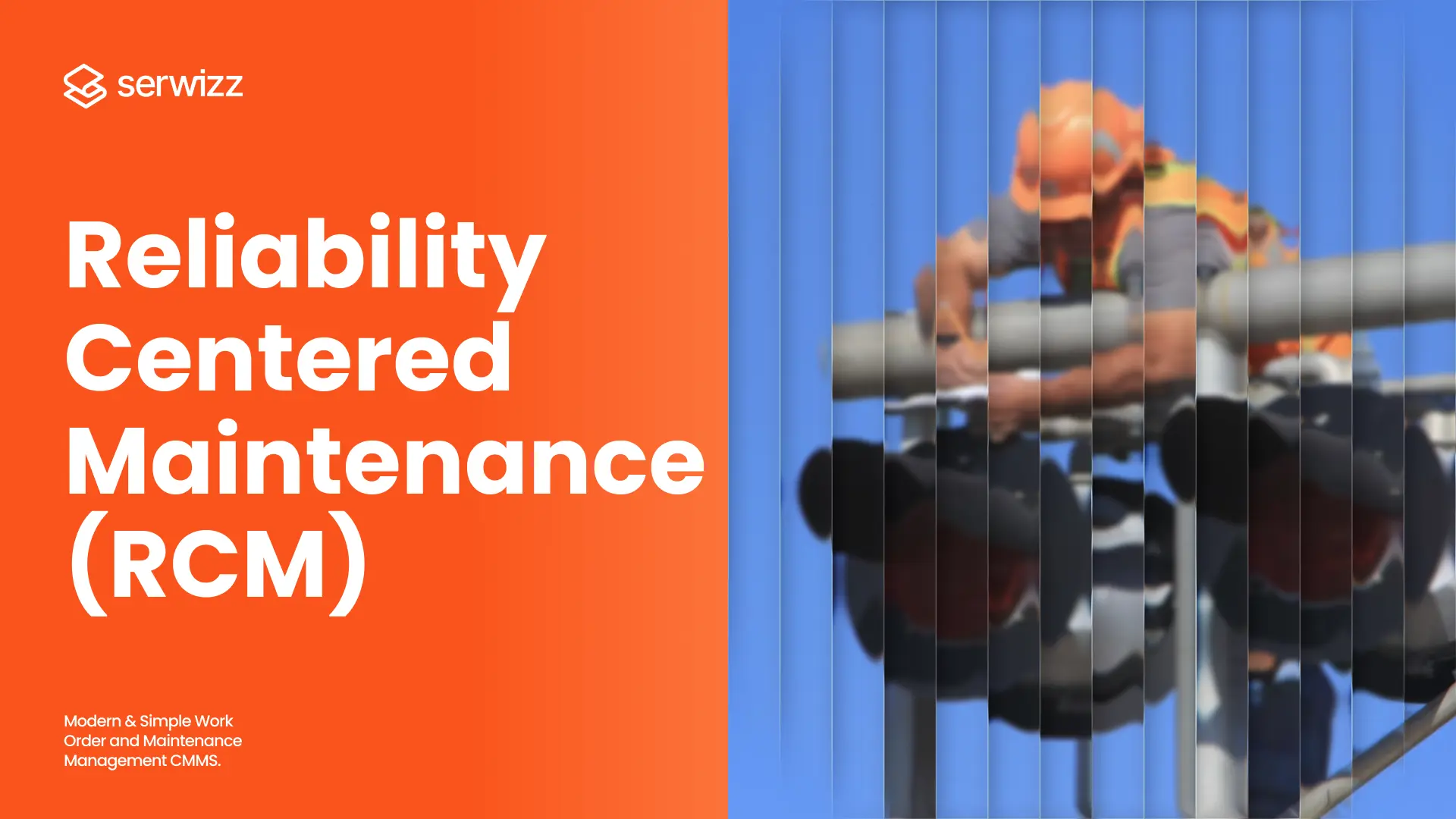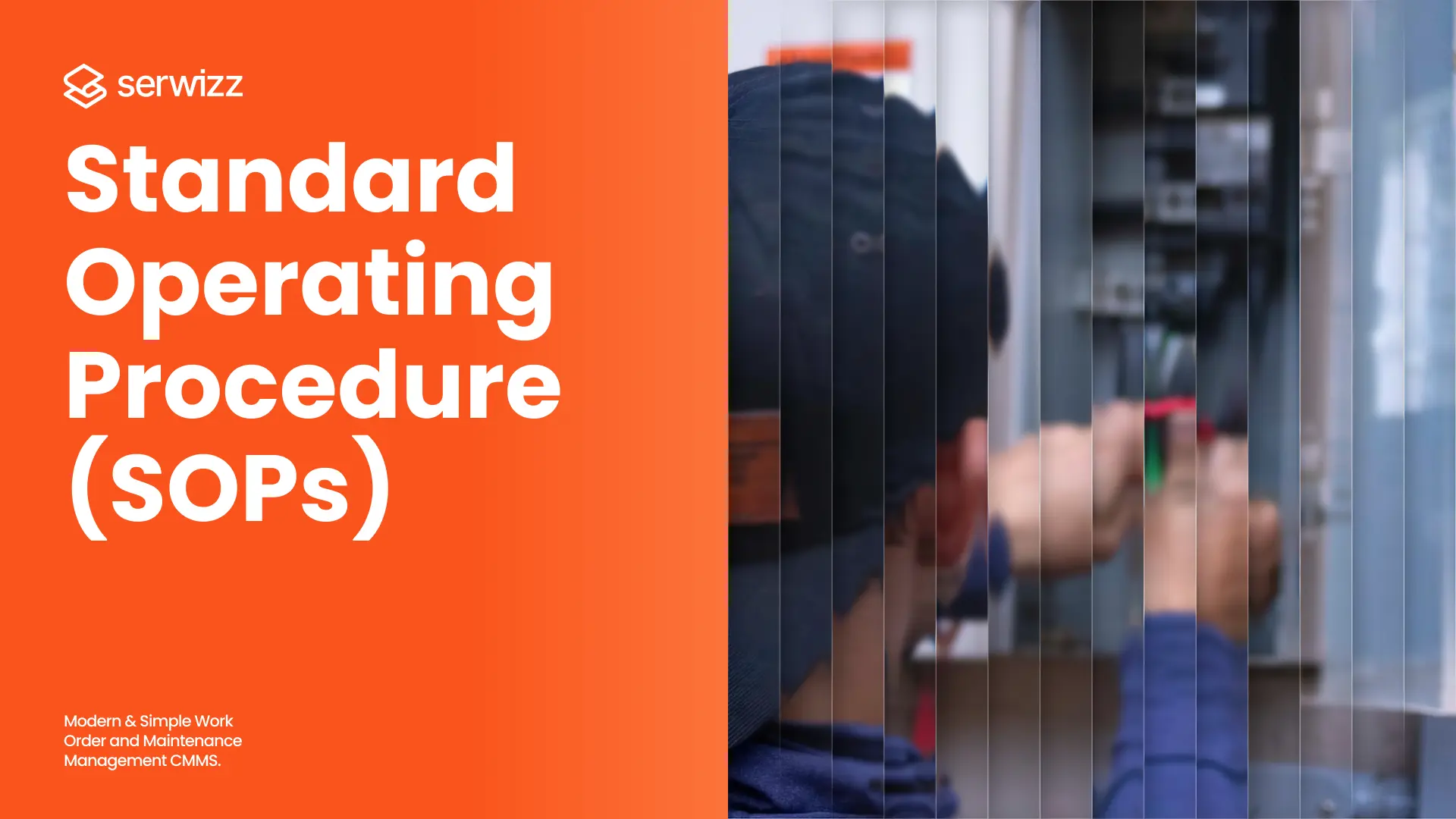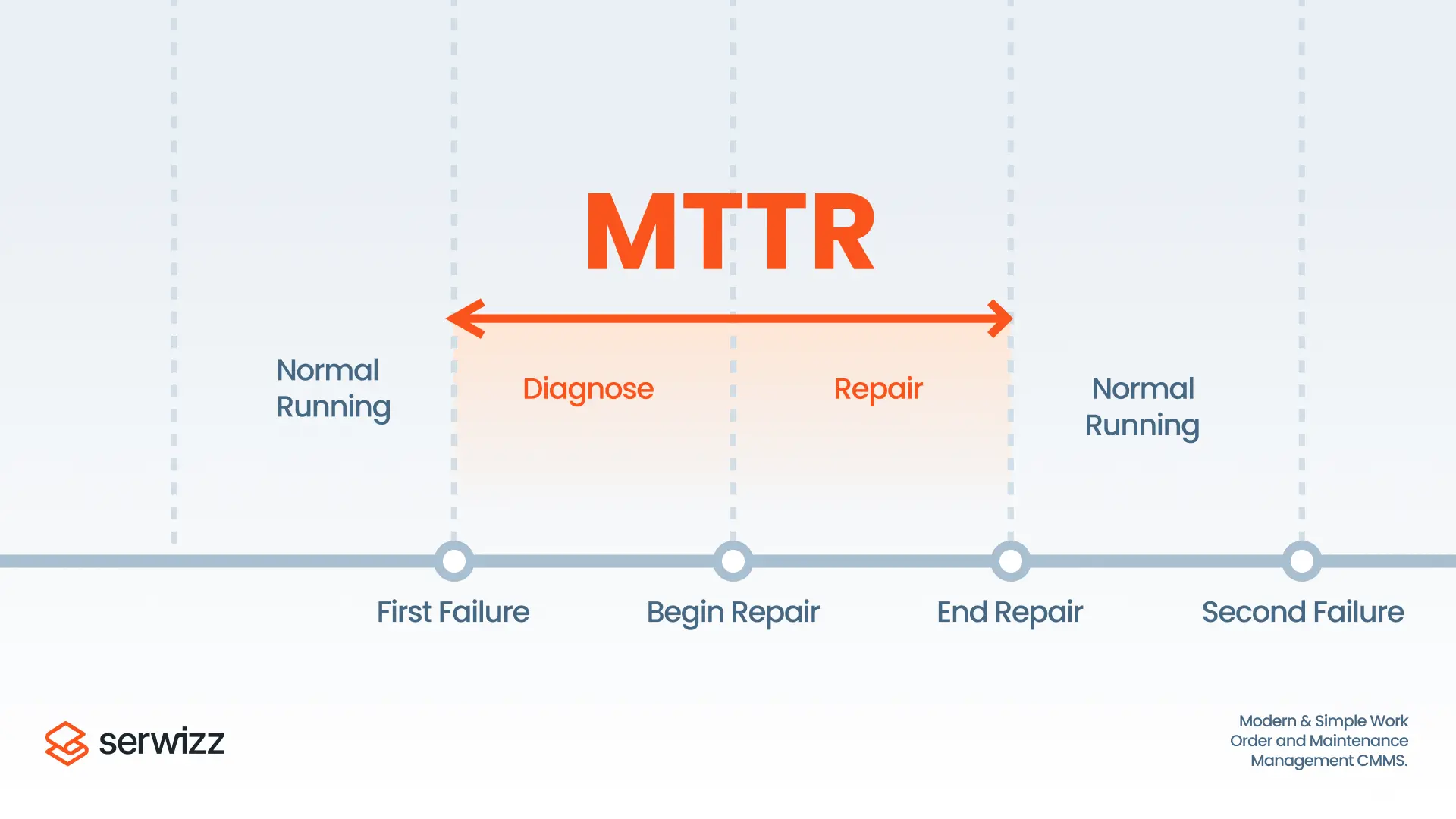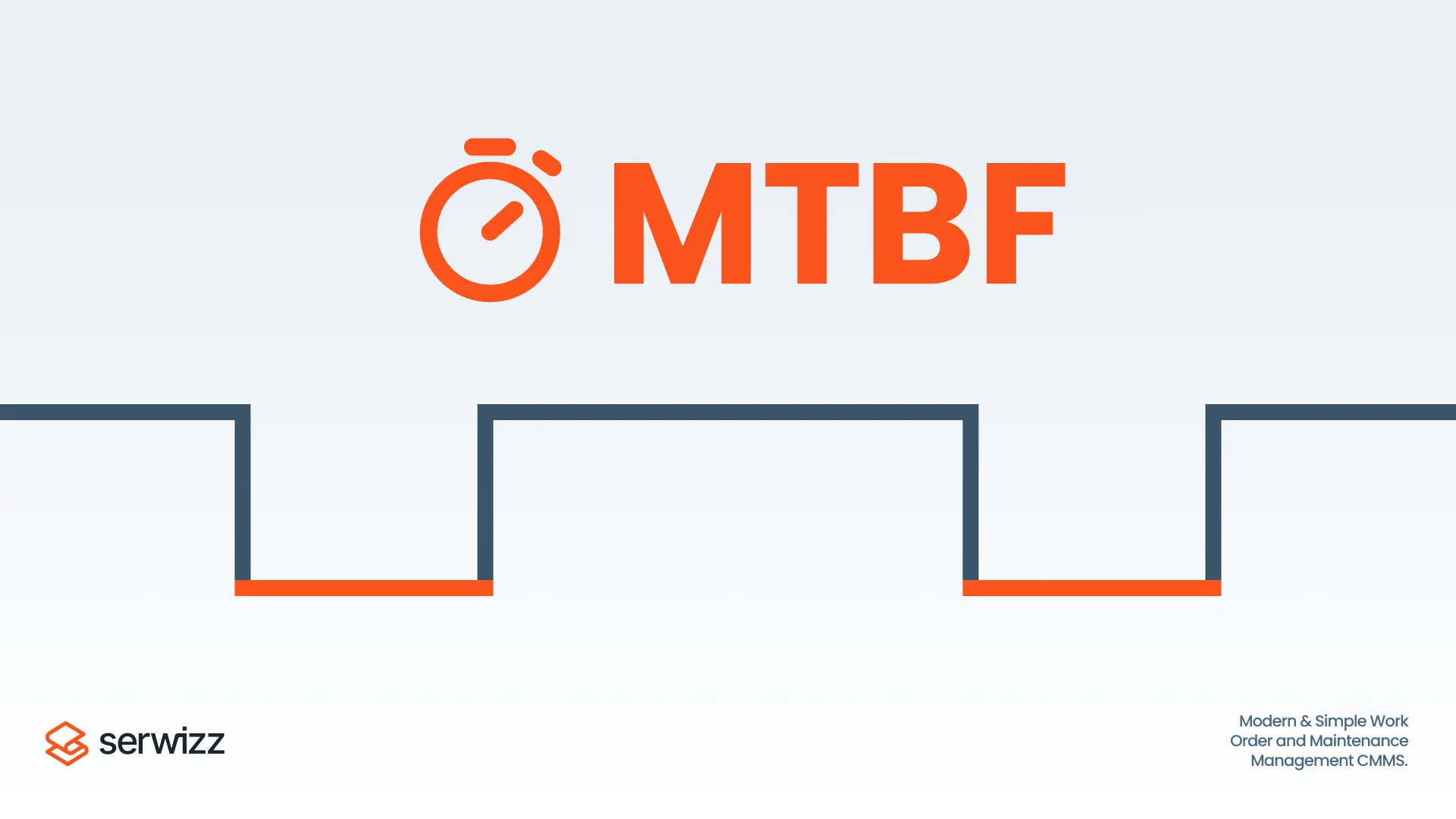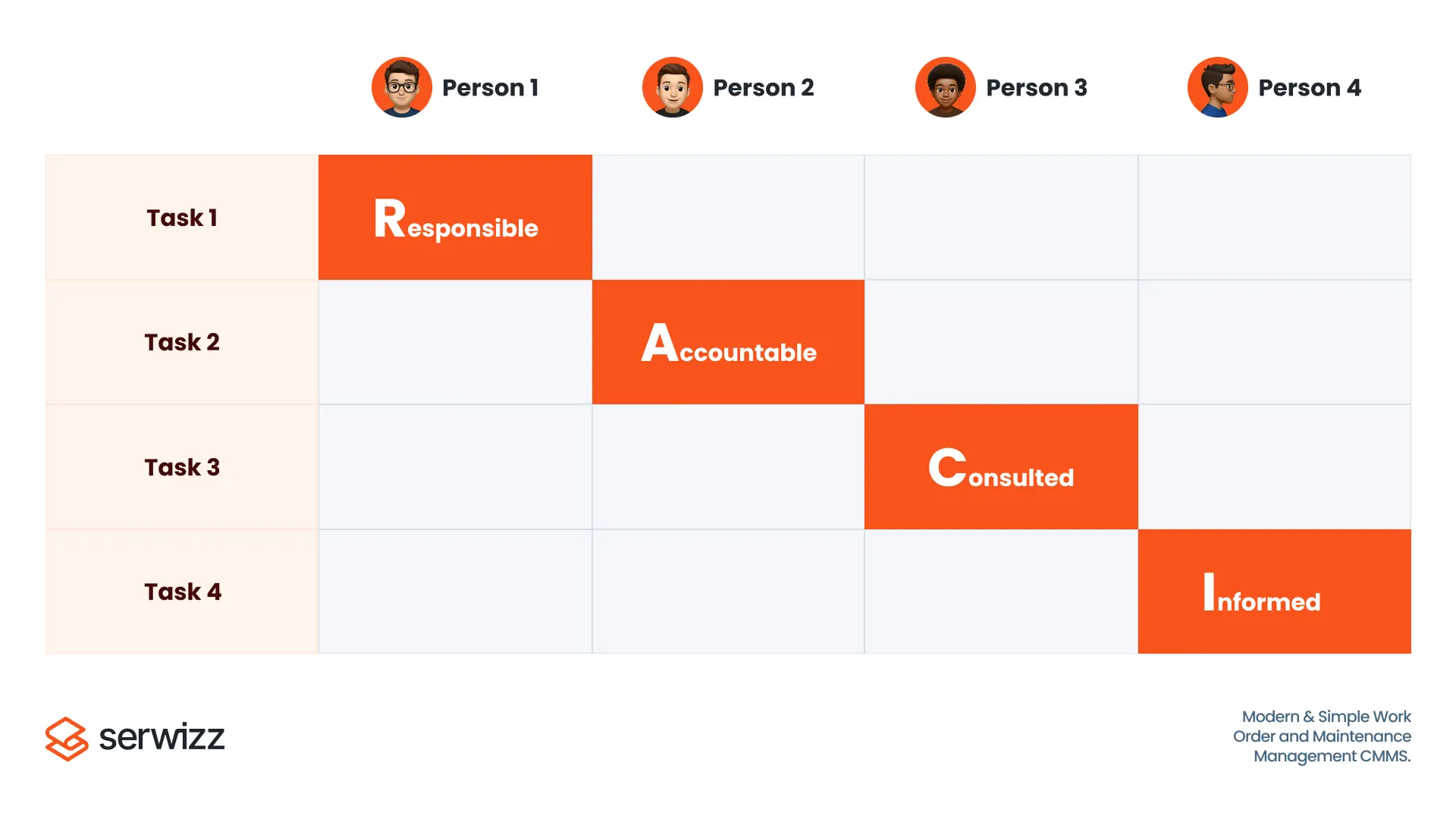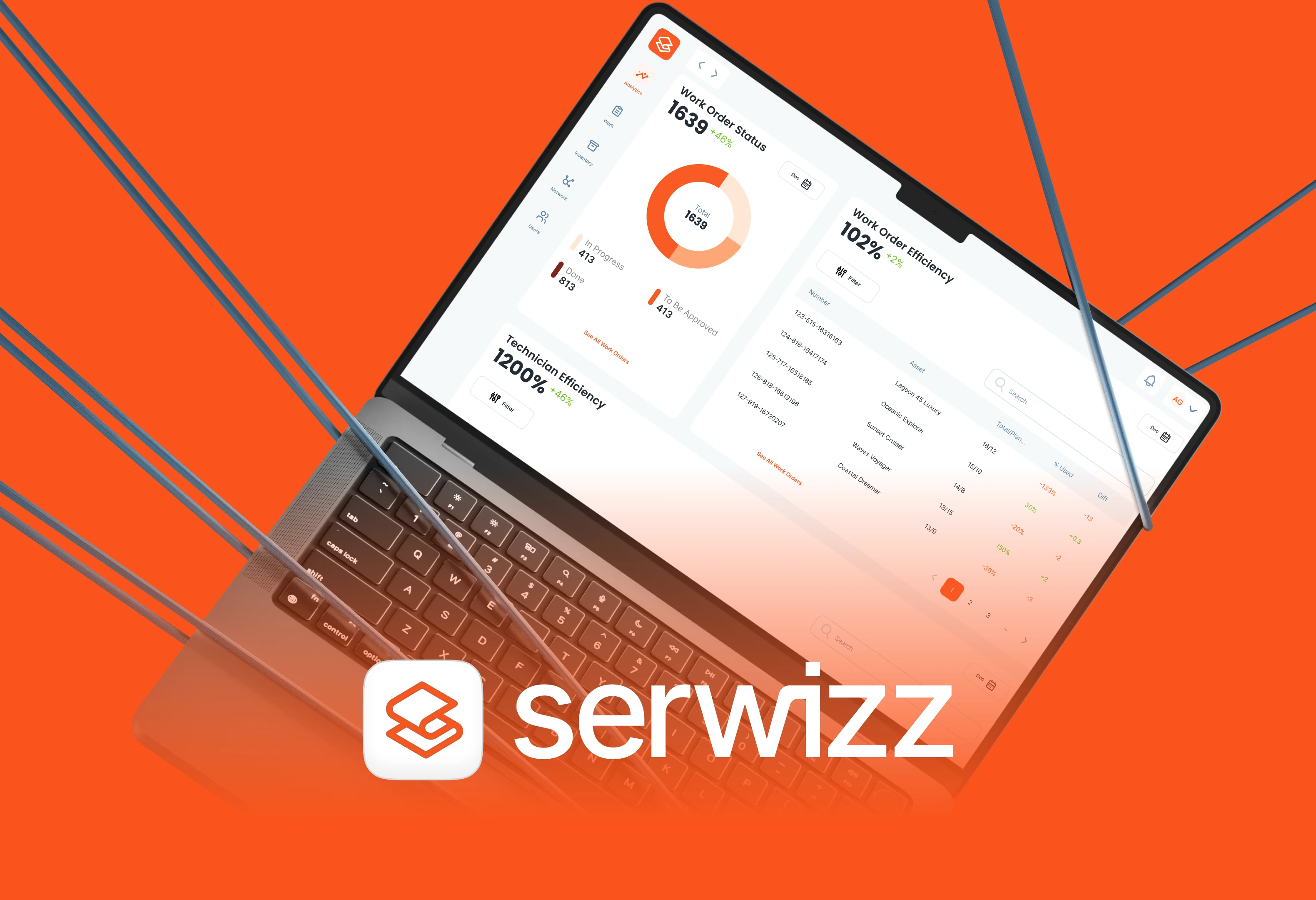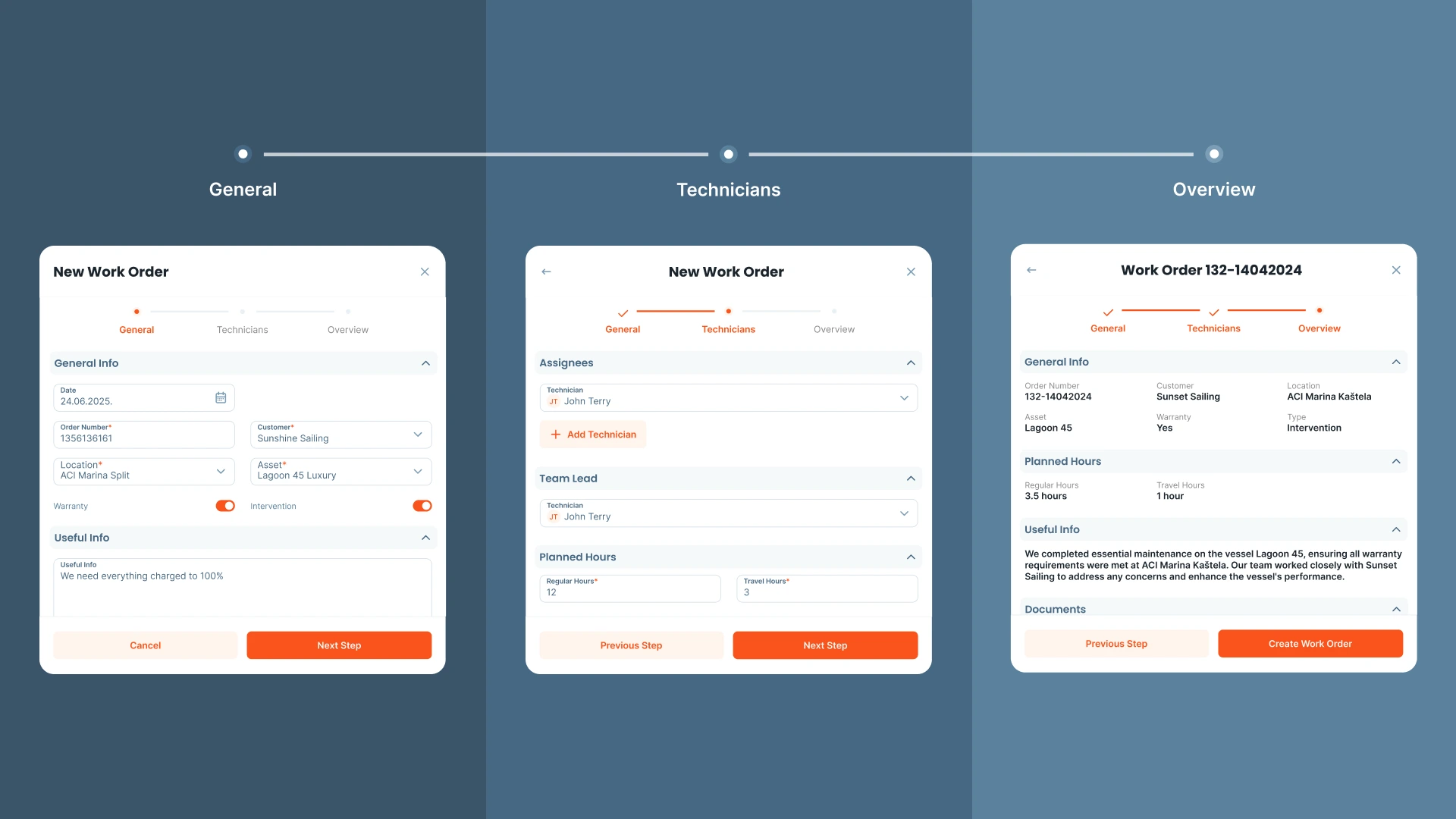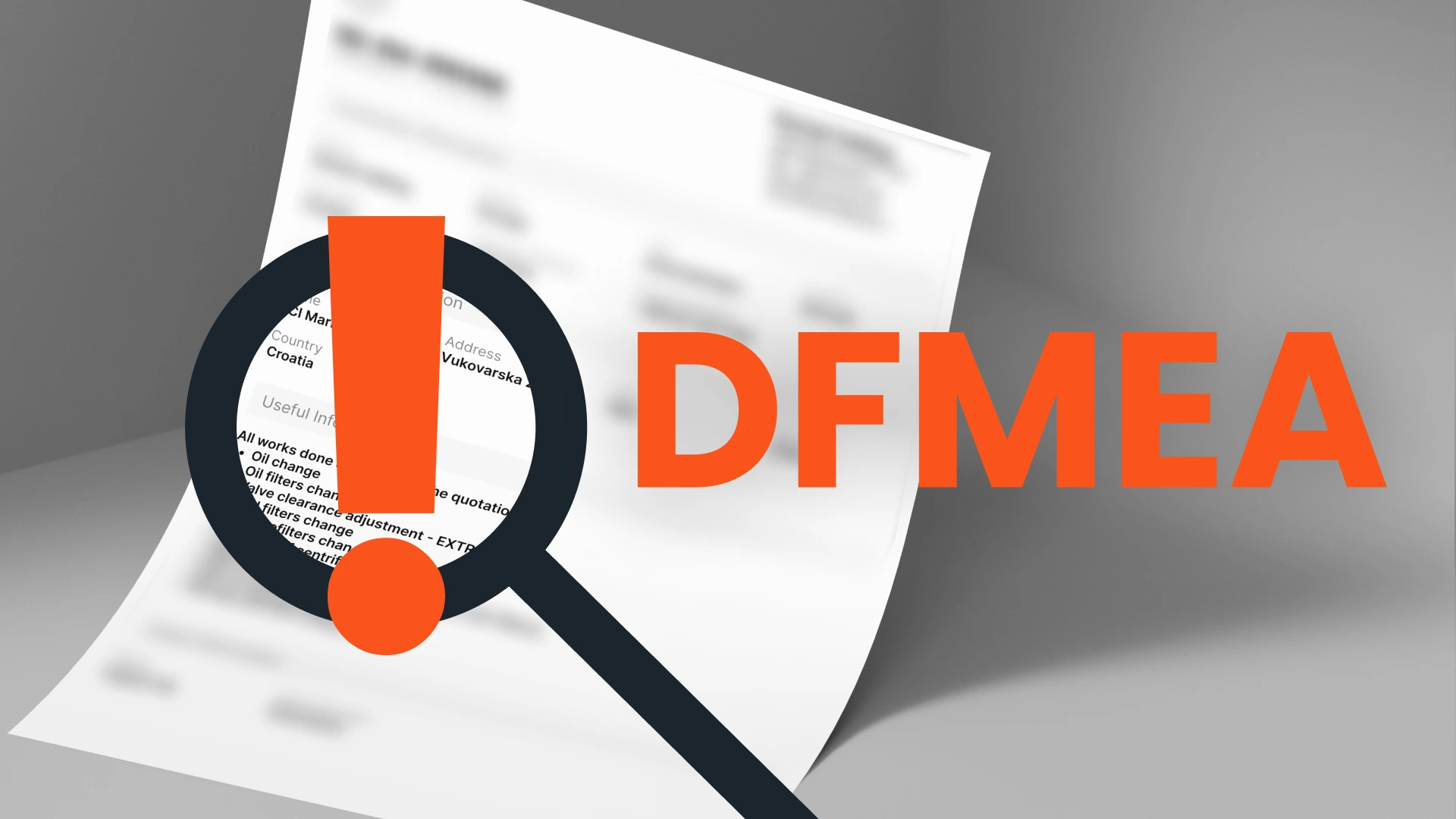CMMS
·
14 min read
What Is Asset Management?

Asset management it’s the structured process of monitoring, maintaining, and optimizing a company’s physical assets, everything from HVAC units to production machines, laptops to delivery vans. Done well, asset management reduces downtime, extends equipment lifespan, and saves money. Done poorly, or even worse, not at all, it opens the door to chaos.
When we talk about asset management, we’re talking about more than just tracking tools or logging repairs.
To better understand what asset management is, and why it is important to track it with proper software, let’s take a look at Mark, the facility manager.
After two weeks on an island, surrounded by the sea, and silence, Mark totally forgot about the work. But the moment Mark stepped back into the office, reality hit like a ton of bricks.
10+ emails marked “urgent.” Two machines offline. And no clear idea of what had been done in his absence.
As the facility manager, Mark was used to pressure, but this time felt different. The technician who had handled maintenance during his time off had just resigned. Whatever notes he left behind were scattered: some scribbled in a notebook, others lost in random email threads. That Monday no one in the company knew exactly what had been fixed, what was still pending, or which assets were due for servicing.
Mark stood in the middle of the plant, staring at a faulty compressor. No logs. No status updates. Just question marks.
At that moment, he figured out something: The problem itself was not about fixing machines. It was about keeping the knowledge and having full clarity and visibility, regardless of who’s on shift.
Unfortunately, the situation Mark faces isn’t unique. So many teams still rely on manual systems and informal processes to manage their assets. But as teams grow, people leave, and complexity increases, this approach is not good enough. Why? It simply doesn’t scale.
That’s where Serwizz steps in.
Problems with traditional asset management
Traditional asset management has a way of feeling deceptively simple. A spreadsheet here, a paper log there, maybe a quick note in someone’s notebook or an email thread labeled “Maintenance - URGENT.”
It usually works. Until it doesn’t.
The reality? Information lives everywhere and nowhere at once. One version of a maintenance log might be in a shared drive. Another stuck to the side of a machine. And when something breaks down, it can take longer to find out what happened last time than to fix the problem itself.
It’s not just about missing data, it’s about missing context.
Do we even know who last checked the machine?
Was that part replaced or just temporarily fixed?
Is this the first time we are facing the issue or we already have the pattern?
Without a proper tool in place, teams will continue working in a reacting mode, instead of switching to a proactive mode.
On top of that, information often falls between the chairs. The maintenance crew keeps their logs, the admin team manages an asset list, and management has a separate report that’s already out of date by the time it’s read. Everyone’s working but not necessarily together. It’s like you have 11 great individual football players, but they don’t collaborate. So they often lose the matches, instead of easy wins.
Let’s focus on people. - What happens when one person leaves? Maybe they were the only one who really knew the quirks of that compressor or remembered the last few fixes on the HVAC. And then, they’re gone. And so is all that context. Not because they didn’t want to share it, it was because there was never a proper place to put it in the first place.
We’ve seen this story play out too many times. The “old way” isn’t just inefficient, it’s risky. And as operations grow more complex, the cracks in the system start to show.
The Hidden Costs of Traditional Asset Management
Mark’s situation isn’t an exception, it’s actually a warning sign.
Even today many teams are still handling asset management the old-school way: spreadsheets saved on someone’s laptop, paper notes taped to machines or random updates lost in email chains. That might work for a while, but over time, things start slipping through the cracks. And those cracks only get bigger.
Here’s what tends to go wrong:
-
Lack of visibility
Without a centralized system, it’s hard to have a list of all assets, know where they are and what condition they’re in. You often rely on memory or assumptions. -
Loss of knowledge
When a technician leaves, so does all their asset history. Informal notes and workarounds disappear, and teams are left guessing what was done last or why a repair failed. -
Reactive instead of proactive
Most teams only respond when something breaks. Without preventive maintenance alerts, issues escalate, leading to costly emergency repairs and unplanned downtime. -
Manual data entry & duplicated effort
Time is wasted chasing files, inputting the same data into different systems, and repeating checks that were already done, but not recorded properly. -
Unclear costs and ROI
Without proper tracking, you don’t know which assets are eating up your budget or when it’s smarter to replace rather than repair.
These aren’t just minor inconveniences, these are hidden costs that affect every department, from operations to finance. And the longer they go unchecked, the more expensive and disruptive they become.
So, what’s the alternative? Let’s check our Serwizz software!
How Serwizz Transforms Asset Management
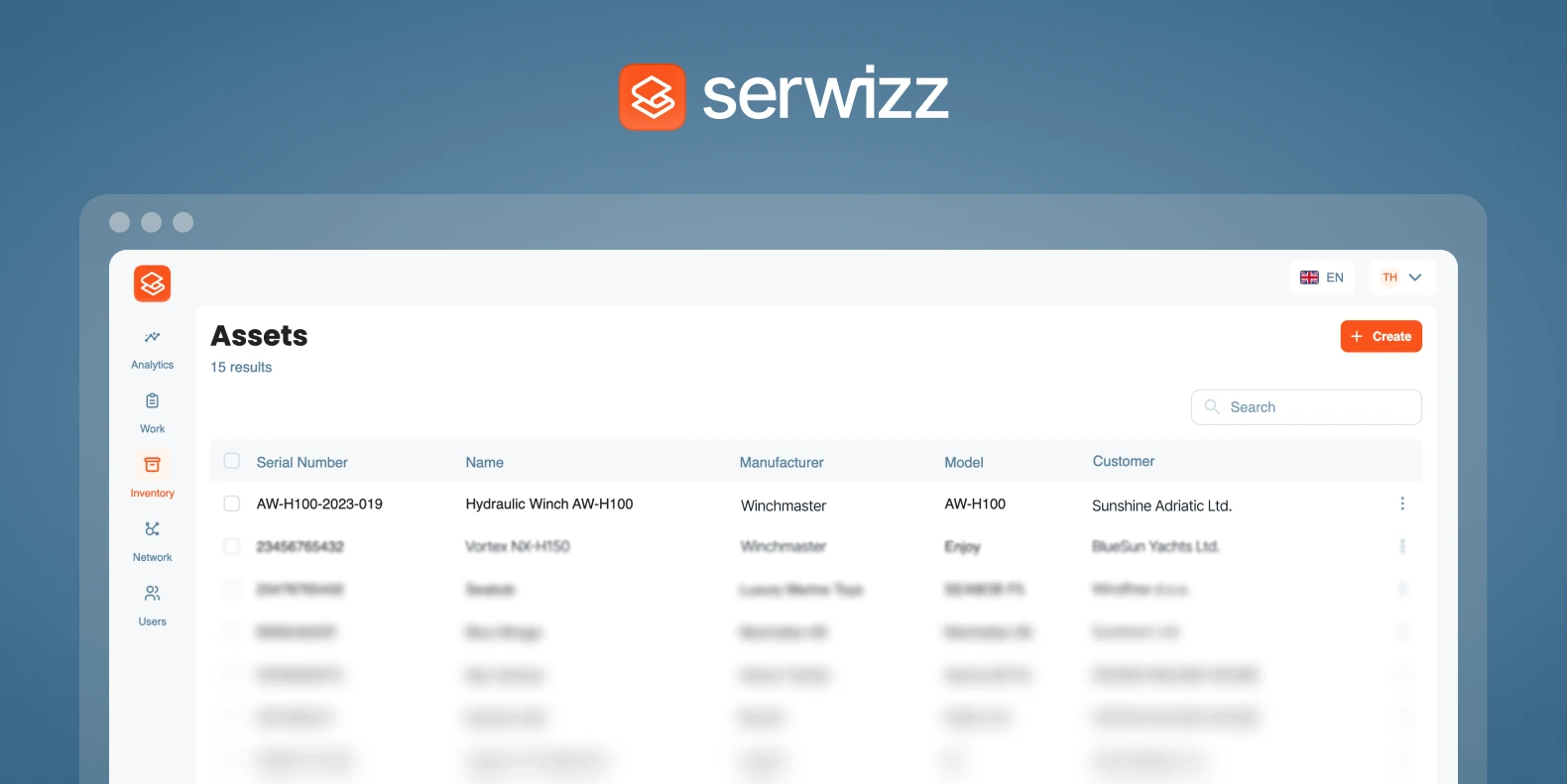
Serwizz isn’t just another digital tool. Serwizz is a complete asset management system designed to bring order, visibility, and control back into your hands.
Here’s how it works:
-
Centralized Asset Registry
Every asset is registered in one place, categorized by type, location, and status. No more wondering what’s in the building or searching for lost serial numbers. -
Digital Service History
Every maintenance action: whether it is repair, inspection or replacement, is logged and time-stamped. You always know what’s been done, by whom, and when. -
Preventive Maintenance Scheduling
Set up recurring tasks and reminders based on time, usage or condition. Serwizz notifies the right people at the right time, so nothing is forgotten. -
Team Collaboration
Multiple users can access and update records in real time. No matter if someone’s on-site or remote, everyone’s on the same page. -
Data-Driven Insights
View reports on asset performance, maintenance frequency, and lifecycle cost. Make better decisions backed by actual data, forget about guesswork.
With Serwizz, teams move from firefighting to future-proofing. Mark doesn’t need to dig through emails or chase former employees for information. He has everything he needs, right where it should be.
Traditional vs. Serwizz-Powered Asset Management
When it comes to managing assets, the difference between surviving and thriving often lies in the tools you use. Traditional methods may have worked when the business was smaller or less complex, but in today’s fast-moving environments, they simply can’t keep up.
Here’s a side-by-side comparison to highlight just how much Serwizz changes the game:
| Aspect | Traditional Approach | With Serwizz |
|---|---|---|
| Asset Tracking | Spreadsheets, paper logs, scattered files | Centralized digital registry with real-time updates |
| Access to Information | Depends on memory or specific people | Anyone with permission can view complete asset history instantly |
| Maintenance History | Incomplete or undocumented | Automatically logged, time-stamped records |
| Preventive Maintenance | Manual reminders (if any) | Automated scheduling and smart notifications |
| Technician Collaboration | Post-its, emails, handwritten notes | Real-time updates via mobile or desktop |
| Knowledge Retention | Lost when employees leave | Institutional knowledge stays with the system |
| Downtime Response | Reactive, rushed troubleshooting | Predictive alerts and early intervention |
| Reporting & Insights | Manual, time-consuming | One-click reports and dashboards |
By shifting from scattered systems to Serwizz, teams don’t just manage assets—they manage time, knowledge, and efficiency. It’s not just better—it’s transformational.
How One Team Got Their Asset Management Under Control
Let’s go back to Mark, our facility manager, the one who came back from vacation to find a perfect storm of equipment failures, missing logs, and a resigned technician.
At the time, his company had over 200 assets across two locations: compressors, conveyor systems, backup generators, lighting, HVAC units... But their system for keeping track of all of it? A mix of spreadsheets, color-coded post-its and verbal updates at morning meetings or via phone
The breaking point came when a minor issue with a water pump turned into a full-blown flood over the weekend. The signs were there: a scheduled maintenance task that got missed, a past report with a “monitor this” note no one saw, and a technician who had quietly quit a week before.
That Monday, leadership finally agreed: “We need a system.”
The Shift to Serwizz
They started with small steps: logging their most critical equipment into Serwizz. Each asset got its own profile, complete with service history, documentation, manuals, and custom tags.
Tasks were no longer handwritten on a whiteboard, but assigned and tracked directly in Serwizz, with status updates visible to everyone. Preventive maintenance plans were added, and technicians began logging their visits immediately after each job—on-site, via phone or tablet.
Within a month:
- Nothing got missed or repeated.
- Maintenance tasks were completed before breakdowns happened.
- New hires could get up to speed by reading asset histories. No more situation where we rely on "the guy who knows."
The Result?
Downtime dropped by nearly 30% in the first three months.
The team felt more in control and less reactive.
And Mark? He actually took another vacation. This time, he came back to a system that had kept working without him.
Why It Matters, even If You're Not a Factory
It’s easy to assume asset management only applies to large manufacturing plants or facilities packed with heavy machinery. But the truth is: every business manages assets.
If your company relies on physical equipment, tools, vehicles, or even IT devices to keep things running, you’re already doing asset management, maybe you call it differently, but it’s already here.
Here’s what that might look like in different industries:
- In a clinic or hospital: ensure the right equipment is calibrated on time, because if it’s not, someone’s life might be in danger.
- For service or maintenance teams: have a list of assets, know exactly in which shape they’re in.
- In logistics: it might be tracking fleet maintenance so you're not stuck with a breakdown mid-delivery.
- In an office: keeping tabs on HVAC, security systems, or IT gear saves a lot of back-and-forth when something stops working.
- At schools, it’s everything from lab equipment to classroom tech and someone has to keep that all running.
In all of these environments, the same challenges pop up:
- Missed maintenance.
- Lost documentation.
- No one knows who did what, when, or why.
- Without structure, even “small” assets can become big problems.
What Serwizz offers isn’t just digital organization: it’s peace of mind. A reliable way to keep your assets visible, your team aligned, and your operations flowing, regardless of your industry or team size.
Because if you're waiting for something to break before taking action, you're already one step behind.
Serwizz - An asset management System You Can Rely On
We’ve all seen it too many times: teams doing their best, and still feeling like they’re constantly catching up instead of staying ahead.
And honestly? It’s rarely about the people.
It’s about the system.
Or more often the lack of the system.
When information lives in notebooks, spreadsheets, inboxes, and someone’s memory, things will slip through the cracks. And it doesn’t take a dramatic failure to start feeling the cost in time, money, energy, or even trust within the team.
That’s why asset management matters. That’s why we’ve developed a tool like Serwizz.
Not to replace people, rather to support them.
To ensure knowledge stays within the company, that work doesn’t depend on “who remembers what,” and that new hires don’t have to start from scratch every time.
At the end of the day, it’s about making things run smoother.
So if any part of this story felt familiar, if you saw a bit of your team in Mark’s first day back, maybe it’s time to pause for a moment. Contact us, and let’s make things work smarter.
